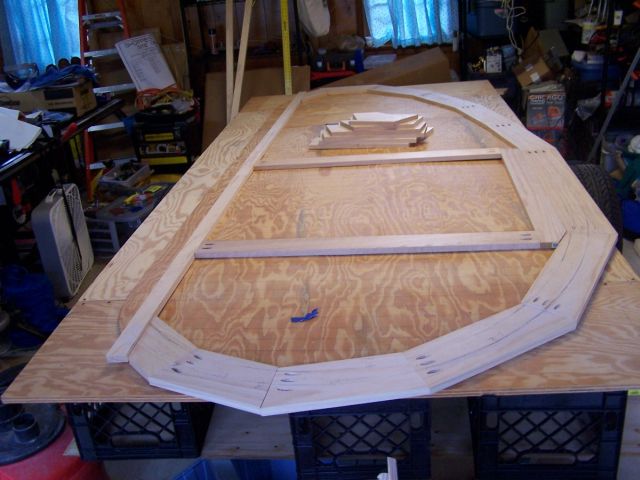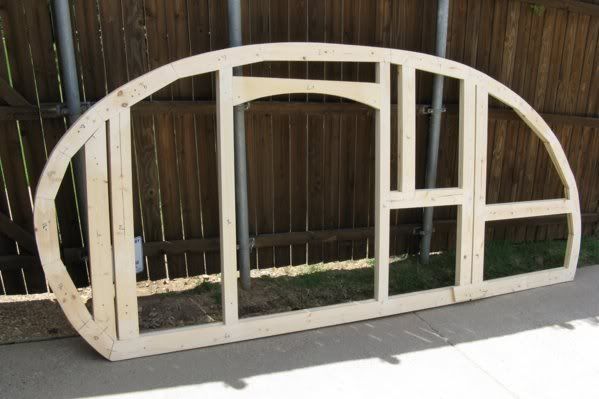A Little More Progress
This was a good weekend, I was able to cut the perimeter framing wood for both side walls sandwiches that I am building per Steve Frederick's shop manual and the door frame and base for one. I will be using pocket screws instead of bisquits and clamps to build the framing. The drilling for them can be seen in the following photo.

Next I will add the vertical frame parts to create the mounting pockets for the front and back bulkheads and then the wall backing to attach the sides of the shelves to the walls then apply the Titebond III and the screws.
The pile of wood is the second wall's perimeter pieces.
I've added a few more photos to my album.
Next I will add the vertical frame parts to create the mounting pockets for the front and back bulkheads and then the wall backing to attach the sides of the shelves to the walls then apply the Titebond III and the screws.
The pile of wood is the second wall's perimeter pieces.
I've added a few more photos to my album.
 Very nice Gene! Your teardrop is really starting to take shape.
Very nice Gene! Your teardrop is really starting to take shape.
 looks great. A suggestion. Glue the framing and remove the pocket screws before you do any routing. You can put them back in if you feel the need.
looks great. A suggestion. Glue the framing and remove the pocket screws before you do any routing. You can put them back in if you feel the need. 
